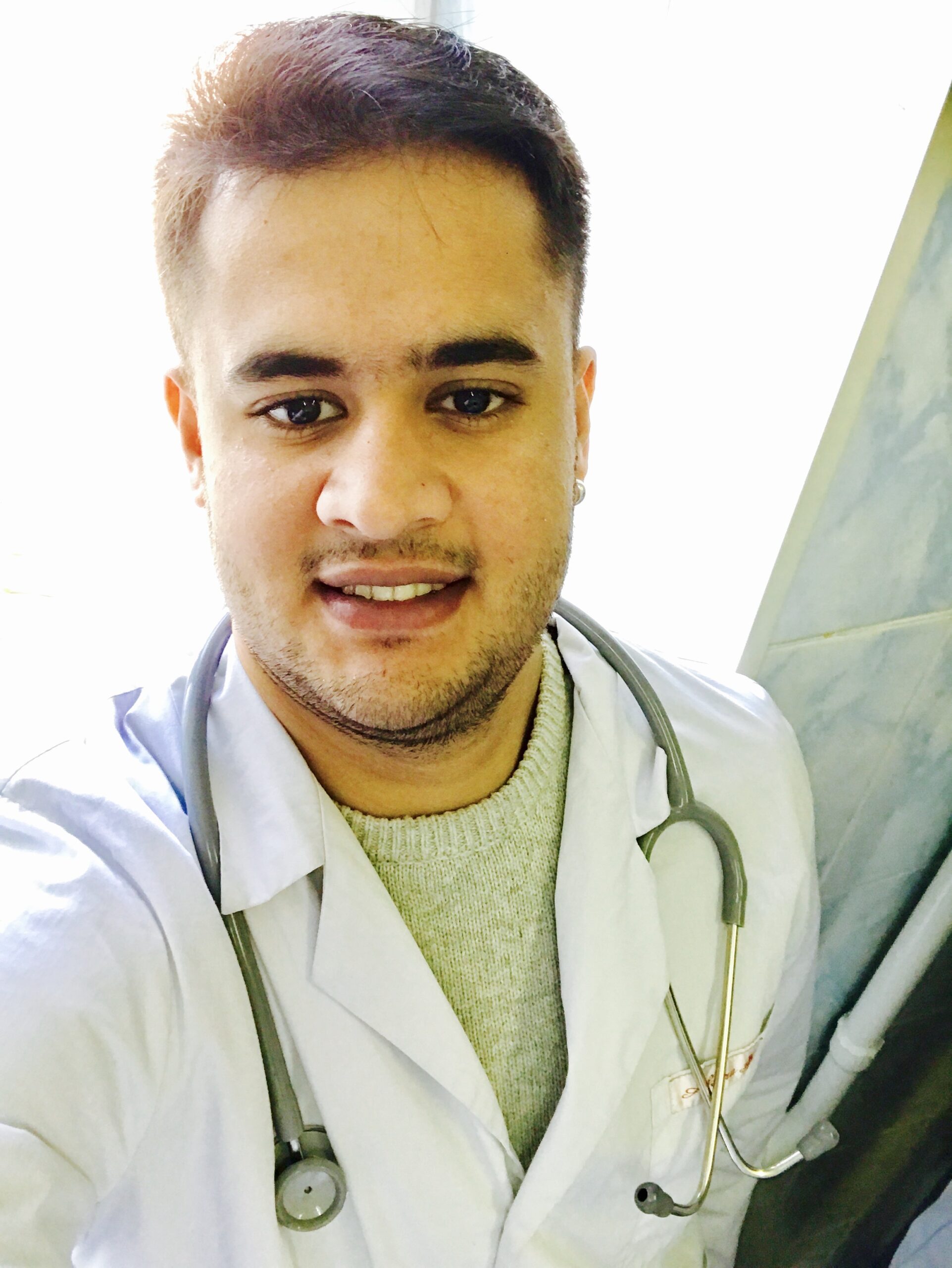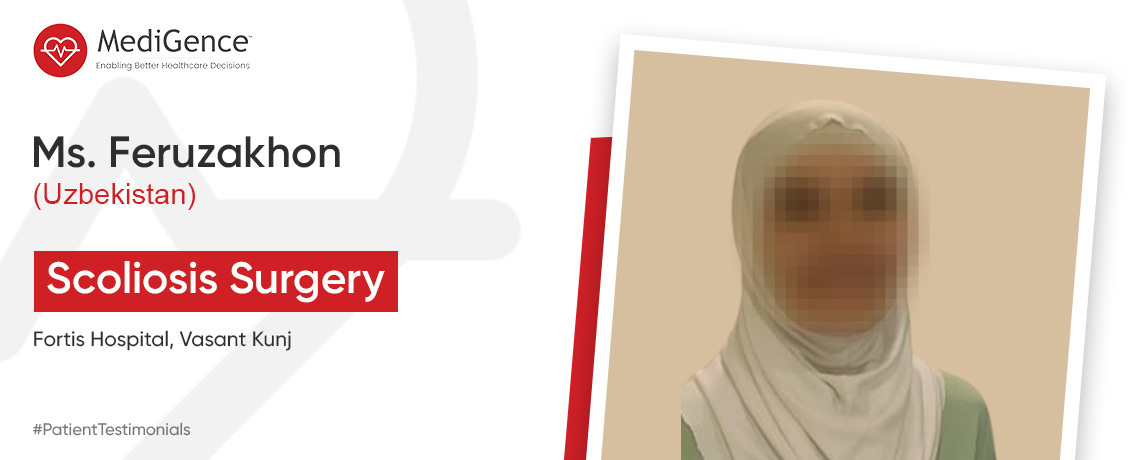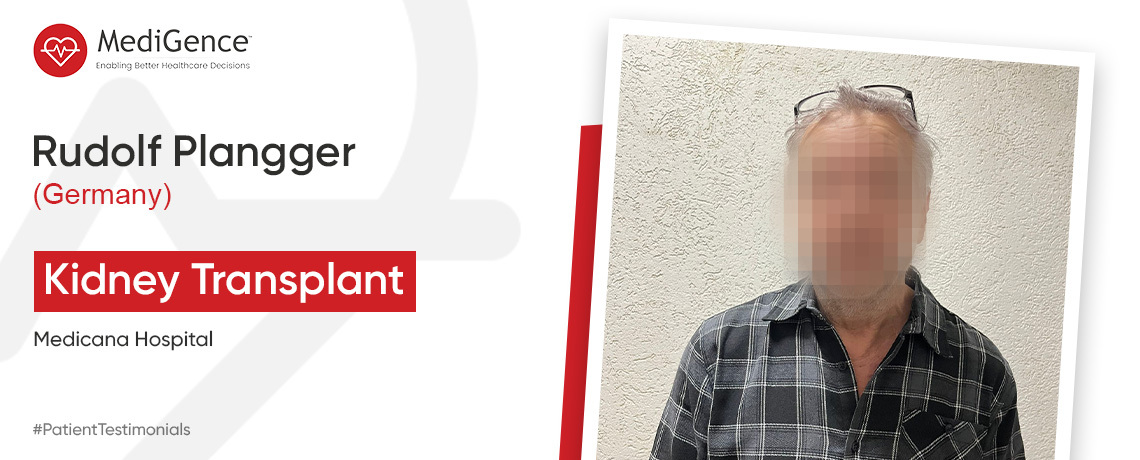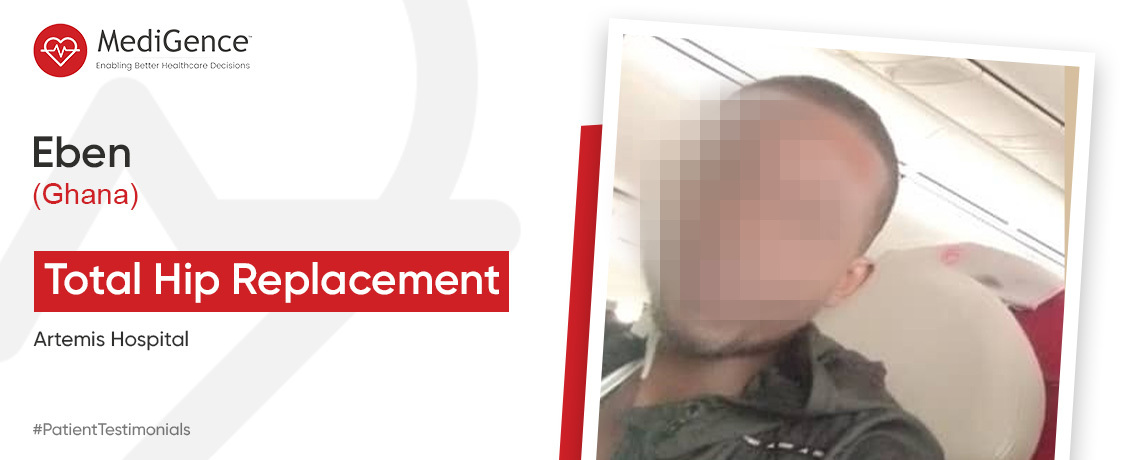Atrial septal defects (ASDs) are congenital heart anomalies characterized by an abnormal opening between the two atria of the heart. This article explores the various types of ASDs, their unique characteristics, clinical implications, and management strategies. Through comprehensive examination and discussion of the diverse manifestations of ASDs, this article aims to deepen understanding and facilitate optimized care for patients with these congenital heart defects.
What is an Atrial Septal Defect (ASD)?
An Atrial Septal Defect (ASD) is a congenital heart defect with an abnormal opening in the septum (the wall) between the heart’s two upper chambers, known as the atria. This opening allows blood to flow between the atria, which can lead to various complications depending on the size and location of the defect.
ASDs can vary in size; smaller ones might not cause symptoms and may even close on their own over time. However, more significant defects can cause symptoms such as shortness of breath, fatigue, and an increased risk of developing other heart problems. Treatment options for ASDs can include medication or surgical procedures to repair the defect and prevent complications.
Types of Atrial Septal Defect (ASD)
>>Secundum ASD
- This is the most common type, comprising around 75-80% of all ASD cases. It typically occurs in the middle of the atrial septum, involving a deficiency in the septal tissue during fetal development.
- This type of ASD often presents as a small to moderate-sized opening between the atria, allowing blood to flow from the left (which contains oxygen-rich blood) to the right (which contains oxygen-poor blood).
- The clinical manifestations of Secundum ASD vary depending on the size of the defect. Minor defects may remain asymptomatic or cause mild symptoms, while more significant defects can lead to fatigue, shortness of breath, palpitations, and increased susceptibility to respiratory infections.
>>Primum ASD
- Primum ASD, also known as partial atrioventricular septal defect (AVSD), occurs lower in the atrial septum, closer to the atrioventricular valves.
- It is often associated with other congenital heart defects, particularly abnormalities of the atrioventricular valves.
- Unlike Secundum ASD, Primum ASD involves atrial and ventricular septa defects, allowing blood to flow between the atria and ventricles.
- This type of ASD is commonly associated with conditions such as cleft mitral valve or cleft tricuspid valve, which can lead to regurgitation of blood back into the atria.
>>Sinus venosus ASD
- Sinus venosus ASD accounts for about 5-10% of ASD cases. It occurs near the superior or inferior vena cava, where these veins enter the right atrium.
- This type of ASD is often associated with anomalous pulmonary venous drainage, where one or more pulmonary veins connect abnormally to the right atrium instead of the left atrium.
- Sinus Venosus ASD may present with symptoms similar to other types of ASD, including fatigue, shortness of breath, and palpitations.
>>Coronary Sinus ASD
- Coronary Sinus ASD is a rare subtype where the defect occurs near the coronary sinus, a vein that drains blood from the heart muscle itself.
- This type of ASD may be associated with anomalous drainage of the coronary sinus, where blood from the coronary circulation drains into the right atrium instead of the left atrium.
What are the Symptoms of Atrial Septal Defect?
Atrial septal defect (ASD) is a congenital heart defect where there is a hole in the wall (septum) that separates the upper chambers of the heart (atria). Symptoms of ASD can vary widely depending on the size of the defect and other factors. Some common symptoms include:
- Shortness of breath: This may occur during physical activity or even at rest, especially as the defect causes blood to flow in abnormal patterns within the heart.
- Fatigue: Due to the increased workload on the heart, individuals with ASD may experience fatigue more quickly than others.
- Heart palpitations: Sensations of rapid, fluttering, or pounding heartbeats may occur.
- Frequent respiratory infections: Some individuals with ASD may be more prone to respiratory infections due to the abnormal blood flow patterns affecting lung function.
- Poor growth (in infants and children): In some cases, infants and children with ASD may have difficulty gaining weight and growing normally.
- Swelling: In more severe cases, swelling may occur in the legs, abdomen, or other body parts due to fluid buildup (edema).
- Heart murmurs: Healthcare providers may detect abnormal heart sounds (murmurs) during physical examinations.
What are the causes of Atrial Septal Defect?
Atrial septal defect (ASD) is a congenital heart defect, meaning it is present at birth. The exact cause of ASD is often unknown, but several factors may contribute to its development:
- Genetic factors: ASD can run in families, suggesting a genetic component. Mutations or abnormalities in certain genes may increase the risk of a child being born with an atrial septal defect.
- Environmental factors: Exposure to certain environmental factors during pregnancy, such as maternal alcohol consumption, smoking, or certain medications, may increase the risk of a baby developing ASD.
- Fetal development abnormalities: Problems during fetal development can lead to structural defects in the heart, including the atrial septum. Factors such as abnormal blood flow or inadequate oxygenation during fetal development can contribute to the formation of ASD.
- Rubella (German measles) infection during pregnancy: If a pregnant woman contracts rubella during the first trimester, it can increase the risk of her baby developing congenital heart defects, including ASD.
- Other genetic syndromes: Some genetic syndromes, such as Down syndrome and Holt-Oram syndrome, are associated with an increased risk of congenital heart defects, including ASD.
How is an Atrial Septal defect diagnosed?
Atrial septal defect (ASD) can be diagnosed through various methods. Here are some common diagnostic approaches:
- Physical Examination: A healthcare provider may detect signs of ASD during a routine physical examination. These signs could include abnormal heart sounds, such as a murmur, or other symptoms like abnormal breathing patterns or cyanosis (bluish tint to the skin).
- Electrocardiogram (ECG or EKG): This test records the heart’s electrical activity. An ECG may show abnormal patterns that can suggest the presence of an ASD, such as abnormal heart rhythms or patterns associated with increased blood flow through the heart.
- Echocardiogram: This imaging test uses sound waves to create a detailed picture of the heart’s structure and function. An echocardiogram can directly visualize the atrial septum and any defects present, allowing healthcare providers to confirm the diagnosis of ASD and assess its size and location.
- Chest X-ray: While not typically used alone to diagnose ASD, a chest X-ray can provide additional information about the size and shape of the heart and lungs. It may show signs of increased blood flow to the lungs, which can occur in individuals with ASD.
- Cardiac Catheterization: In some cases, a cardiac catheterization procedure may be performed to visualize the heart’s structures directly and assess the severity of the defect. During this procedure, a thin, flexible tube (catheter) is inserted into a blood vessel and guided to the heart, where a contrast dye is injected to make the heart structures more visible on X-ray images.
- MRI or CT Scan: Magnetic resonance imaging (MRI) or computed tomography (CT) scans may be used in certain situations to provide detailed images of the heart and surrounding structures, helping to confirm the diagnosis of ASD and evaluate its impact on heart function.
What are the treatment options for Atrial Septal defects?
Treatment of Atrial septal defect depends on the following factors:
- The size of the hole in the heart.
- Whether there are other heart problems present at birth.
An ASD usually closes on its own during childhood. But there are some ASD’s that do not close on their own.
Medications cannot fix an atrial septal defect (ASD), but they can help alleviate symptoms. Treatment may involve:
- Beta-blockers to regulate heart rhythm.
- Anticoagulants (blood thinners) to reduce the risk of blood clots.
- Diuretics to manage fluid buildup in the lungs and other body parts.
For medium to significant ASDs, a procedure is often recommended to prevent future complications. Repairing an ASD typically involves closing the hole in the heart, which can be done in two ways:
- Catheter-based repair, primarily used for secundum-type defects. A catheter is inserted through a blood vessel, typically in the groin, and guided to the heart. A mesh patch or plug is inserted through the catheter to permanently close the hole.
- Open-heart surgery is necessary for other types of ASDs. Surgeons access the heart by cutting through the chest wall and using patches to close the hole.
- In some cases, minimally invasive surgery techniques, including robot-assisted procedures, may be used.
- Regular imaging tests and checkups are crucial after ASD repair surgery to monitor for potential heart and lung issues. Without surgery, individuals with significant ASDs may experience reduced functional capacity and are at higher risk of irregular heartbeats and pulmonary hypertension in the long term.




